1
Natural History Museum
Civil
engineer, Captain Francis Fowke won a competition to design the Natural History
Museum in 1864 but after his death, the project was taken over by Alfred
Waterhouse. Waterhouse added a more Romanesque style, inspired by his love of
the Continent. Terracotta tiles are used inside and out to resist London’s
dirty atmosphere and many feature sculptures of flora and fauna, both living
and extinct. The sheer enormity of the Natural History Museum made it
impossible to choose just four images as a representation of the space.
Therefore, I have decided to concentrate on the grand main entrance hall.
My
first image shows the vastness of the space, encompassing a multitude of
activities. In many ways, this stunning building was more impressive to me than
the blue whale and dinosaur skeletons for which it is famed; Dotty, the
diplodocus seen in the image far from fills the space.
Closing
in on some of these activities, my other images show people interacting with
the space, taking photos, stealing a quiet moment and even getting married.
2
One New Change
I
was taken to the roof of the One New Change shopping centre by a group of
photography friends as apparently it had a remarkable view of St. Paul’s.
Having already seen the cathedral from many angles that morning, I wondered if
the ride in the lift was really worth the hassle. As the doors opened, I heard
a blast of chart music and stepped into an outdoor bar area, not what I’d
expected at all. Even less expected was the view that hit me as I rounded the
corner. The entire roof area was filled with people enjoying the views over
London; artists creating pictures of the views in various media, groups of
people taking photos with St. Paul’s in the background, people just sitting,
enjoying the space with picnics. The potential for a bit of people photography
was quite exciting.
My
first image shows the strange contrast in the two parts of the area, three
artists, quietly painting the view as socialites party behind. The area is
filled with people creating images using various media from the selfie to pen
and ink. I feel that the selfie image shows a modern twist on images by Willy
Ronis, featuring romantic shots of couples overlooking well-known cityscapes.
3
Covent Garden, London
Covent
Garden in London is a well known outdoor space, amass with people, eateries,
shops and market stalls. I have chosen one particular restaurant to focus on.
The
first image shows the restaurant as a part of Covent Garden. It shows the
closeness of the restaurant to the crepery next door, people eat in the compact
area while others shop above. Although customers are packed into a tight space,
the low fencing and lack of an immediate ceiling give a sense of space. This is
a vital element of the design, as space is so limited in such a busy city.
Being below ground level also removes diners from the hustle and bustle of the
shoppers and street entertainers above, giving them an increased sense of calm
as they eat in an otherwise hectic day.
Zooming
in on the action, we see a family perched in the entrance, waiting for a table
to become available as others pass in close proximity. In a less busy city,
being asked to wait in such close proximity to the diners would be frowned upon,
however in London, it is seen as a way of life. One of the waiters takes his
break in one of the few quiet spaces.
Interested
in the people bustling round above the restaurant, I chose to take the last
image from their perspective. The group paid no attention to me snapping away
above them, I feel this is quite representative of a day in London.
4
The Apple Store, Covent Garden
Towards
the end of a busy day in London, my family and I were becoming tired of having
to constantly negotiate crowds of people. Suddenly, like an oasis in the
desert, I spotted the entrance to a sparse, light, airy building with high
ceilings and a strangely warm, yet cooling, inviting glow. I didn’t know what
it was but I knew I wanted to be in there. My children spotted it at almost
exactly the same moment and immediately recognised it as the Apple Store;
obviously, they wanted to be in there too but for very different reasons.
I
should have recognised it really, I’ve experienced a similar moment before in
the busy Meadowhall shopping centre in Sheffield. Apple have managed to create
a haven of light and space in the busiest of places; they have managed this by
opening very large stores, using pale, simple furnishings and simply spreading
everything out where other stores often seem to pack as much in as possible. I
suppose their ability to do this is the fact that they are only displaying
Apple products, and only the latest ones at that.
The
large, inviting doorway of the Apple Store, even the line of tables leads the
eye into the store, tempting in potential customers, window frames have been
designed to adhere to the minimal style of the Apple logo and sparsely spread
gadgets give customers the space to do their own thing. Another spacious area
upstairs available for workshops, the air-conditioning pipes give a sturdy and
functional, yet stylish feel, fitting with the Apple brand.
5
Hobie, Cornwall
Hobie
is a safari tent, used as a holiday home on a tranquil, Cornish farm. In order
to attract custom, the owners have aimed to present a calm and luxurious
setting, while still creating a sense of getting back to nature.
My
first image shows Hobie in his setting, the wild grasses, stunning sunset and
sense of space make this a perfect, peaceful get away. The natural feel is
continued inside the tent; the canvas walls, apple crate shelving and wood
fired stove feel homely and soothing. Candle lanterns are provided to light the
tent in the evenings, no electricity needed; this gives a real sense of getting
away from it all. The inviting comfortable bedding and natural materials are
the perfect combination for a good night’s rest.
6
Minnack Theatre, Cornwall
Rowena
Cade and her gardener carved the Minnack Theatre in the cliffs near Penzance in
1932. Due to its location, most of the work had to be done by hand, a startling
feat, considering the magnitude of the task. The first play show at the theatre
was The Tempest, which gained a
positive review in the Times. Changes have been made to the theatre over the
years, but it is still distinctly recognisable as the theatre created all those
years ago.
My
first image shows the striking view from the entrance to the theatre, made even
more remarkable that one woman and her gardener created it. It must be
spectacular to watch a play with the clear, blue sea and sky as a backdrop. Using
plants and flowers from around the world, local gardeners have transformed the
cliff into a coastal garden of national acclaim. Rare plants from Mexico and
the Andes are in situ alongside vibrantly coloured flowers to reflect the hues
of the theatre. Seating carved into the cliff face is etched with the names of
plays as well as the date play was shown; a lovely touch to reinforce some of
the history of the theatre. Grass lined seating is also available, as can be
seen in the first image taken from the entrance. Mr McCauley, the theatre’s
ghost is always on the look out for willing actors to help him act out scenes
from The Tempest, the theatre’s first play.
Demonstration of technical and visual skills
The large selection of images required for this assignment has
enabled me to show a variety of perspectives, from different focal lengths to
unusual angles. I feel that I have shown technical competency in the lighting
and composition of these images. I found this particularly difficult in wider
angled images of large spaces such as the Natural History Museum due to the
dark spaces and moving people. I am also pleased to balance the light in the
wider view of the Covent Garden café, exposing for both the shaded café and
lighter area above.
Aiming to show a varied selection, there were times when story
felt more important than technical perfection, such as the waiter in the Covent
Garden café. I also feel that the lady in the green hat in the One New Change
set should have been placed a little more to the left for a more balanced
image.
Quality of outcome
Although all sets show a variety of images of the space in
question, I feel that some are more successful than others in evoking a feeling
of the setting. I have shown the enormity of the museum, yet I do not feel that
these images represent the feeling of being in such an enormous space. My most
successful set in this aspect is Hobie, particularly the image of the empty bed
with crumpled sheets and items used on a glamping holiday evident in the bottom
corner of the frame. This is possibly due to the fact that I had time to relax
into the space and consider what aspects were important to show.
In each set, I have aimed to show a wide view of my chosen space alongside
selection of close up images showing specific areas. The only set that doesn’t
follow this method is the One New Change building and I feel that as a result
of this, the images feel less connected. Although I am pleased with each
individual image in this set, as a group I feel that they all present the same
message so are not as successful as other sets.
Demonstration of creativity
Images, which I feel represent my emerging personal voice, are
those that tell a story. The most successful to me are the crumpled bed in
Hobie, the waiter in Covent Garden and Mr McCauley acting with the children at
the Minnackl Theatre. I would like to say that the couples both kissing and
getting married in the Natural History Museum were equally successful but I
feel that in both images, something is missing.
Context
My research for this assignment shows a variety of classic and
contemporary photographers from Willy Ronis to Ritesh Uttamchandani, whose work
entitled Ceilings, I found particularly inspiring.
My
aim in all images is to try to capture moments as they naturally occur. A quote
from a photographer highlighted by my tutor really resonated with me,
"The way I work is kinda haphazard and often out
of compulsion. I tend to only photograph things that genuinely interest me.
I’ve found that’s the way to get the best results." - Ricky Adam
Adam’s photography succeeds in giving a glimpse into his own story
through his varied range of journalistic photography. A flick through his
projects reads like a life story, almost as if the viewer is experiencing with
him. His commercial work, although much more staged, still has a glimmer of
that edge and a preference for the active portrait.
As a student of photography, I often feel the need to prize myself out
of this way of thinking, to plan more for exactly what I would like to shoot.
While planning for this assignment, I made a list of ideas and to be quite
honest, I really wasn’t looking forward to the project. Four holidays later, I
had thoroughly enjoyed photographing people interacting with spaces, indoor and
out and had an abundance of images to choose from. I feel that the most
successful part of the process stemmed from being somewhere I wanted to be, and
photographing the things I found interesting which fitted the brief. Having
such a broad selection has enabled me to choose a set of images that overall,
I’m pleased with.
Bibliography
The Minack
Theatre (2016) Our history - Minack theatre. Available at: https://www.minack.com/our-history-1/
(Accessed: 12 June 2015).
Adam, R.
(2015) Home. Available at:
http://www.rickyadamphoto.com (Accessed: 12 June 2015).
Golden, R.
(2014) Masters of
photography. United Kingdom: Goodman Books.
History and architecture (no date) Available at:
http://www.nhm.ac.uk/about-us/history-and-architecture.html (Accessed: 12 June
2015).
Hopkinson, A.
(2009) Willy Ronis
obituary. Available
at: https://www.theguardian.com/artanddesign/2009/sep/16/willy-ronis-obituary
(Accessed: 12 June 2015).
Planet, L.,
Rowthorn, C. and Bender, A. (2013) Lonely Planet Japan. Australia: Lonely Planet Publications.
Ritesh, U.
(no date) Ritesh
Uttamchandani. Available at:
http://www.riteshuttamchandani.com/portfolio/C0000IWljWAmhZog/G0000ksmmmVHqJmE
(Accessed: 12 June 2015).

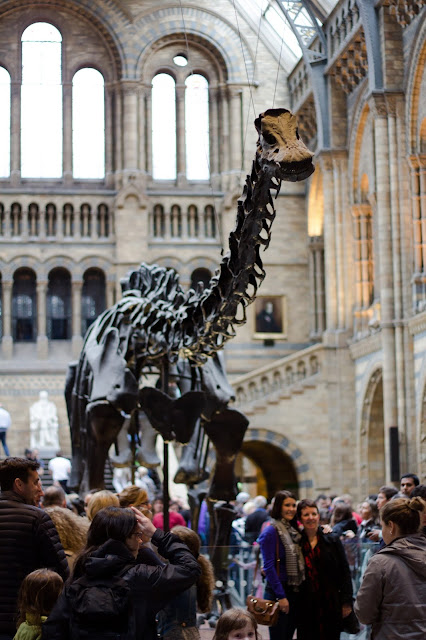
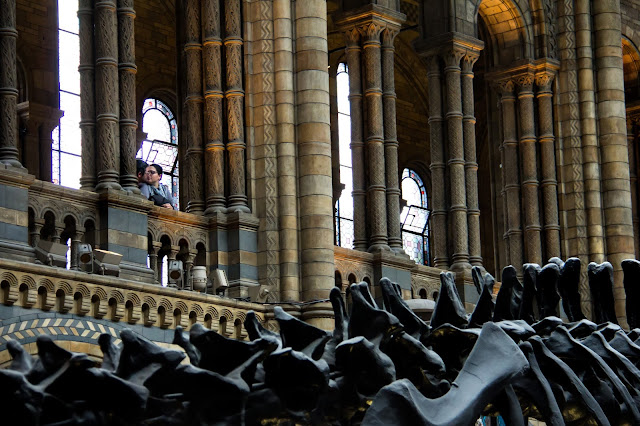


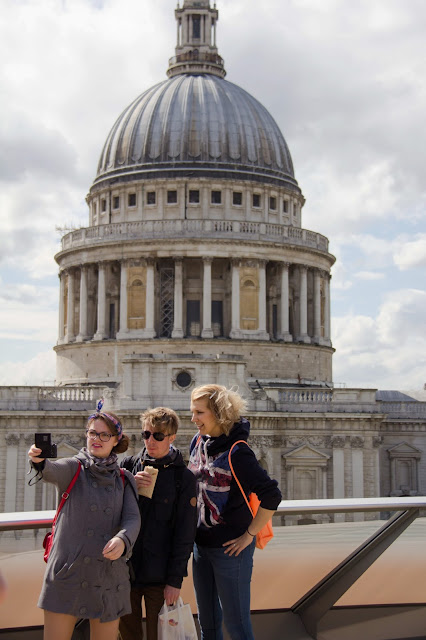
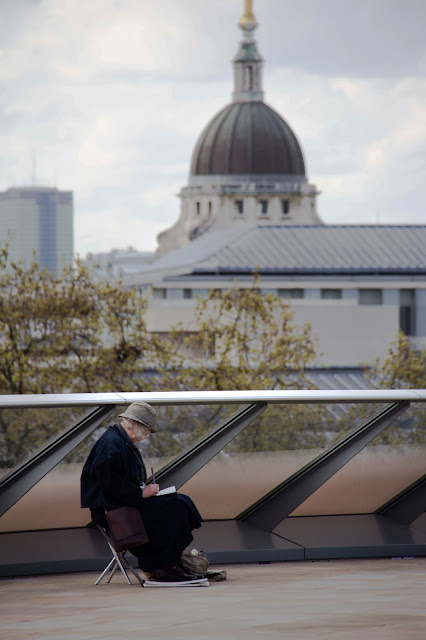
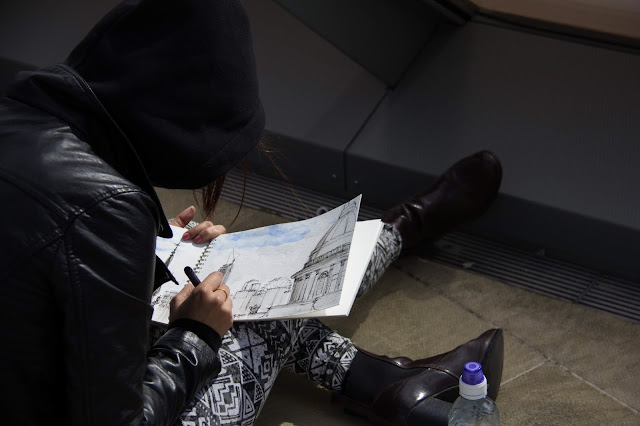
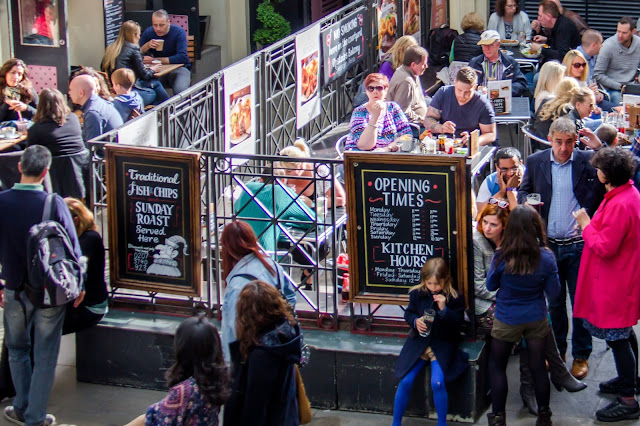

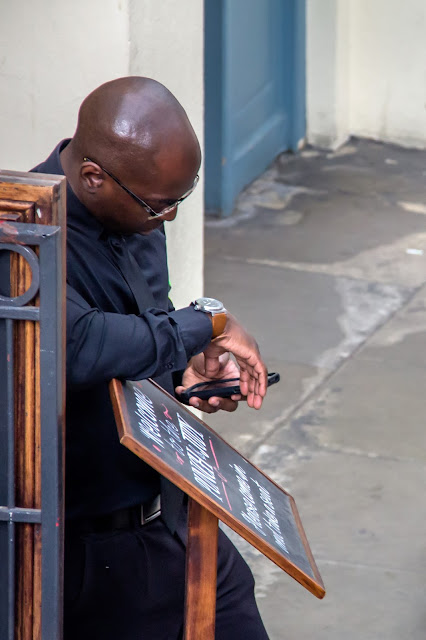
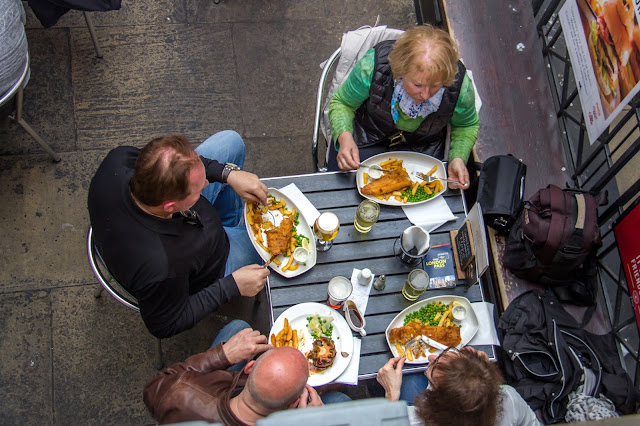
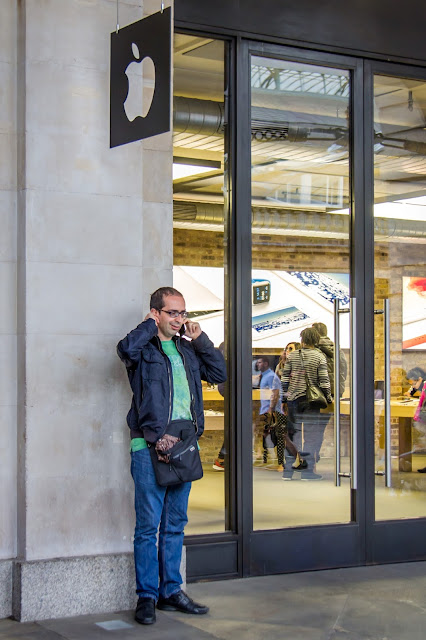
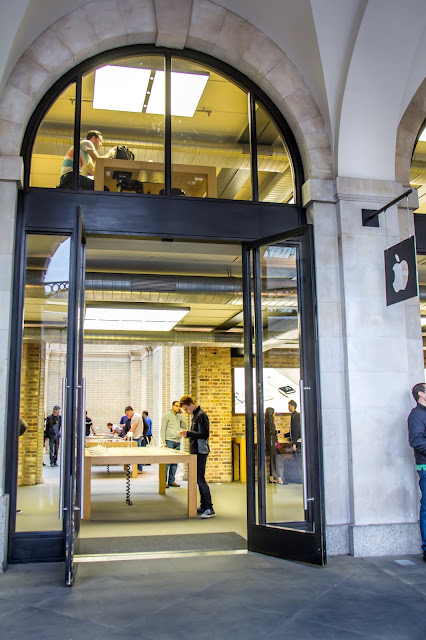

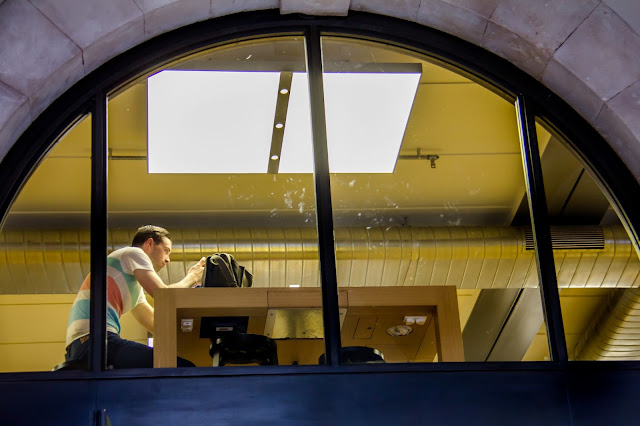
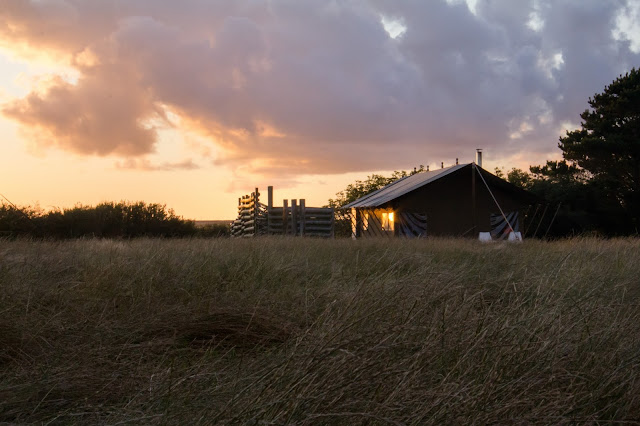




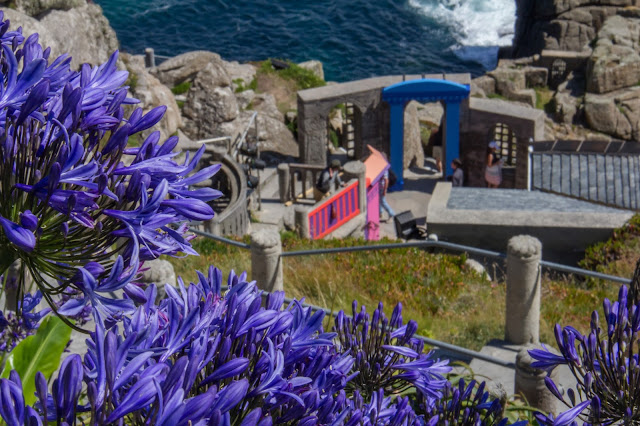
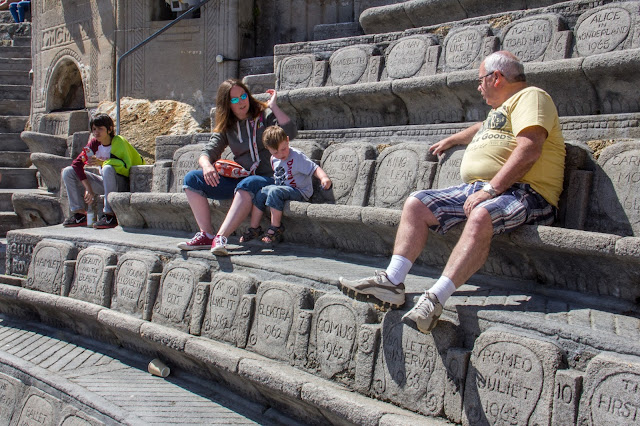
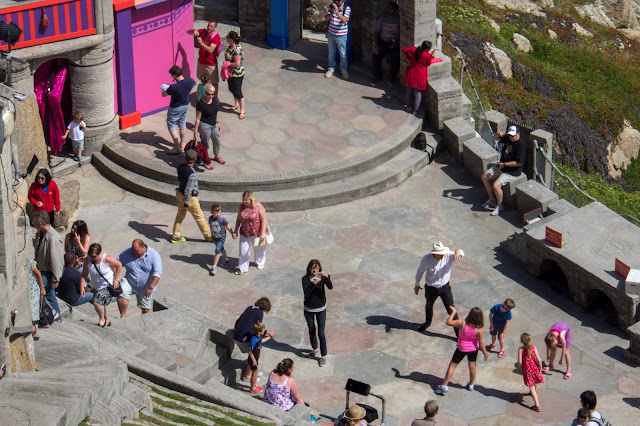
No comments:
Post a Comment